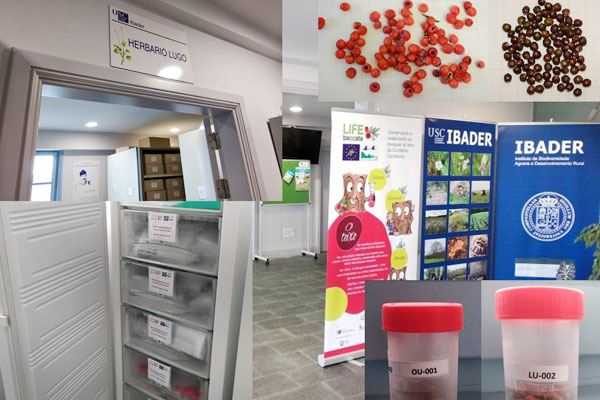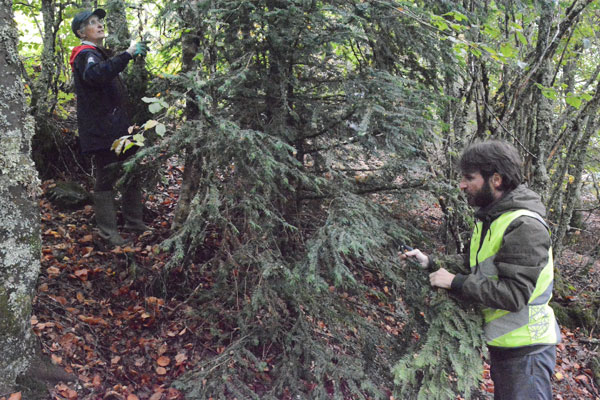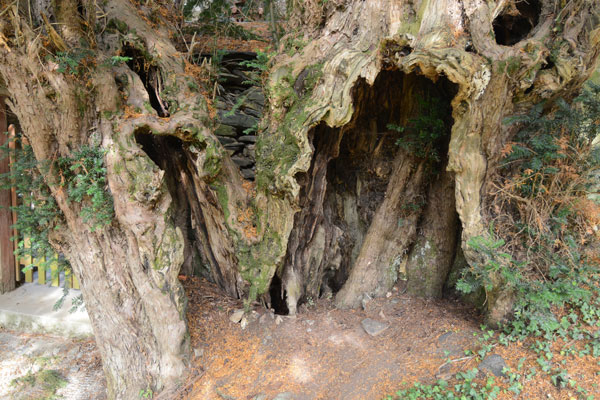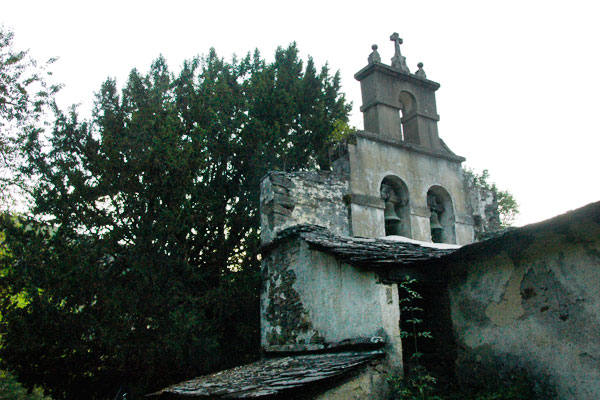Conservation of the genetic diversity of yew (Taxus baccata) in the Cantabrian-Atlantic area within the framework of the LIFE BACCATA project
10-08-2020
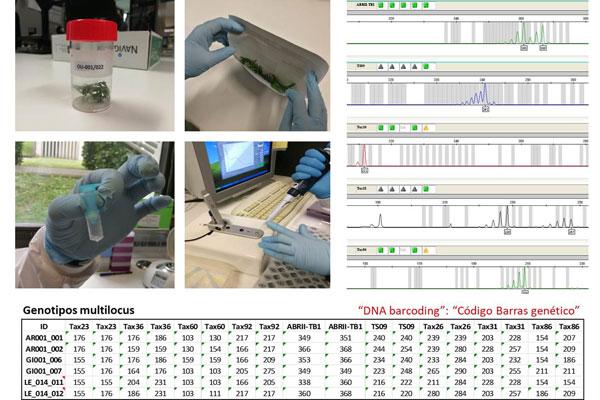
LIFE BACCATA project aims to improve the conservation status of yew woods in the Atlantic Biogeographical Region of the Iberian Peninsula. The characterization of the genetic variability of main yew populations in this region represents a transversal action of the project that involves several Spanish (Galicia, Asturias, Castilla y León, Cantabria, Euskadi) and Portuguese (Regiao Norte) regions. It will be very helpful as an important basis for the actions to be carried out in yew forest genetic resources conservation program. Genetic diversity is the basis of the adaptive potential of species and is key to rational and sustainable forest management. Genetic diversity contributes to guaranteeing the future and viability of yew woods, especially in a context such as the current climate change.
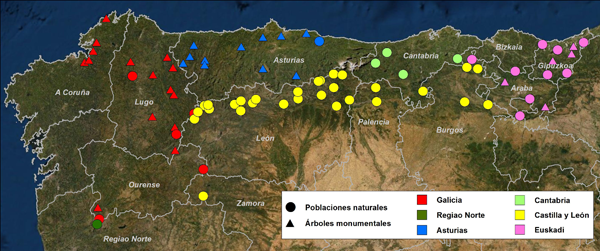





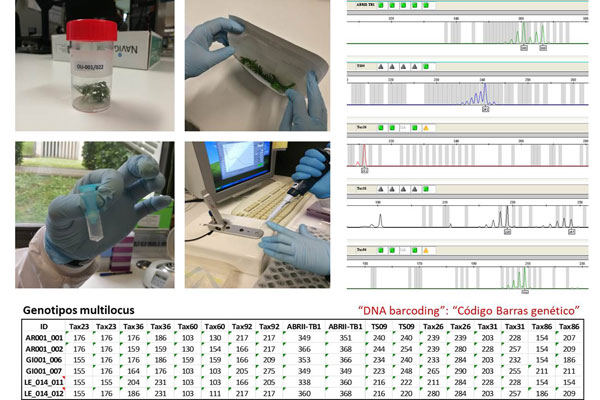
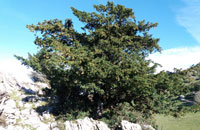
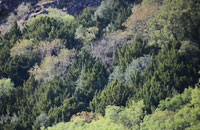
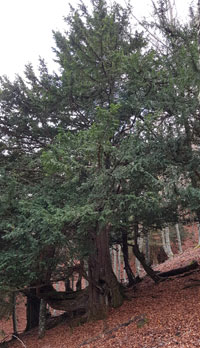 The analysis of genetic grouping between populations showed evidence of structuring at different spatial scales, probably associated with the combination of effects of climatic fluctuations of the historical past with a more recent human impact. On a global scale, a differentiation of the easternmost samples from the Cantabrian-Basque Mountains was observed, with signs of greater historical connectivity in the western areas. On a regional scale, genetic differences were identified between biogeographical groups, associated with processes of change and dispersion in the evolutionary history of the species, including the Galician interior depression, the Galaico Leonés massif, the Naviano-Ancarenses Mountains, the Cantabrian Range and the Basque Mountains. On a local scale, an important component of local structuring was detected, reflecting low connectivity between populations, characteristic of southern ranges of distribution of this species. Small, isolated populations, sometimes with significant kinship, can be affected by different limiting factors in seed dispersal and pollination, such as the unequal proportion of female and male trees per population, or the restriction of fruit-eating animals.
The analysis of genetic grouping between populations showed evidence of structuring at different spatial scales, probably associated with the combination of effects of climatic fluctuations of the historical past with a more recent human impact. On a global scale, a differentiation of the easternmost samples from the Cantabrian-Basque Mountains was observed, with signs of greater historical connectivity in the western areas. On a regional scale, genetic differences were identified between biogeographical groups, associated with processes of change and dispersion in the evolutionary history of the species, including the Galician interior depression, the Galaico Leonés massif, the Naviano-Ancarenses Mountains, the Cantabrian Range and the Basque Mountains. On a local scale, an important component of local structuring was detected, reflecting low connectivity between populations, characteristic of southern ranges of distribution of this species. Small, isolated populations, sometimes with significant kinship, can be affected by different limiting factors in seed dispersal and pollination, such as the unequal proportion of female and male trees per population, or the restriction of fruit-eating animals.